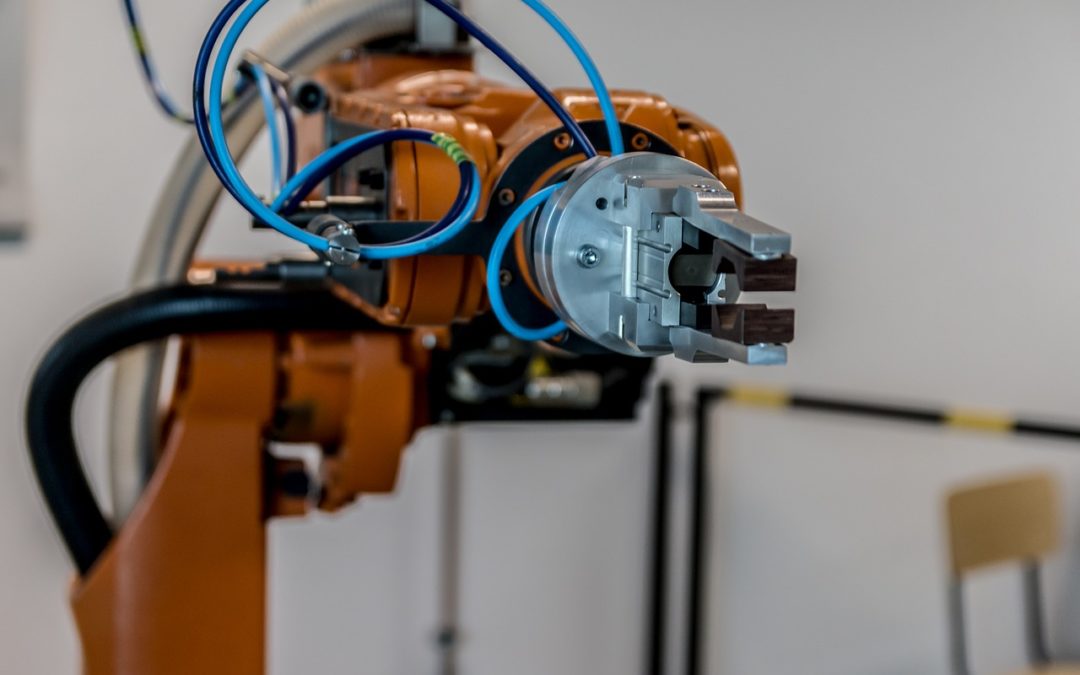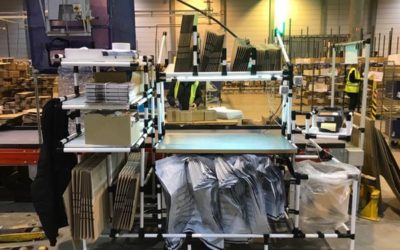Robots never get tired. Robots never make mistakes. Robots don’t get injured. Robots don’t take vacations, sick days, or lunch breaks, and they never complain. Automation seems to solve nearly every problem attributed to people in many areas of our lives. But in truth the path to manufacturing automation is difficult, and often unnecessary, if your goal is to build an effective operation. Here’s why:
Automation is Expensive
You may not have to put robots on your biweekly payroll, but that doesn’t mean they’re cheap. Machine automation and implementation requires substantial capital, along with assuming that the equipment is flexible enough to adapt to an uncertain future. The net present value of an investment changes significantly when the annual expenses could increase two to three times more than planned. We talked to an automotive Tier 1 supplier recently who implemented an eight figure automatic guided vehicle system that still doesn’t perform one year after the planned run at rate.
Some Tasks Still Can’t Be Done By Robots
“Yes, excessive automation at Tesla was a mistake. To be precise, my mistake. Humans are underrated.” – Elon Musk
Not bashing Tesla, they have incredible potential as a company, but they automated too fast, too soon. There are still many tasks that people are better suited for and don’t make sense to automate. The “don’t make sense to automate” part is important – use your common sense when evaluating options. Is the task dangerous? Does the task require microscopic precision? Has the task been thoroughly evaluated for improvement already? Does the task benefit from a human touch? These kinds of questions will guide you in the right direction before you even think of the business case framework.
Implementation is Time-Consuming
Not only is automation expensive to implement, the process is time consuming as well. There is a flood of new automation options out there, and the technology is at the cutting edge. You’ll need better internal staff, training, and often external consultants to evaluate the options. It won’t integrate seamlessly into your current operation, so there will be downtime required for install and substantial time invested for integration.
Making Stuff is Fun
Some things are core to what makes humans unique; making stuff is one of them. It can be fun if you get to do it in the right environment and feel ownership of the result. You don’t have to read books like Zen and the Art of Motorcycle Maintenance to know that the feeling and benefits of making stuff extend beyond the product. If your operation makes things and the culture is bad, the path to improvement is not to replace people with robots; it’s to replace a bad system with a better one.
Solutions Already Exist
Automation should be the last step in your path to enhancing a lean operation. Putting automation in place of a bad process will mean doing the same work twice. There are hundreds of better ways to find efficiency gains that require less time, money, and resources. Learn why customers are frustrated with your product packaging and change it. Reduce the tail end of your product line that nobody buys and sits in inventory for months. Change from large bins to small totes to improve your product mix. Work with your operators to reorganize the flow of work through their cell so they aren’t as stressed. Update your new product design to reduce assembly complexity. The options are endless if you think critically about how you can make your processes, product, and people better.
Although it might seem that people are an obstacle in the quest to become as lean and efficient as possible – after all, we aren’t infallible – automation isn’t always the best solution. And it certainly isn’t the only solution. Before you pursue the shiny object of automation, step back and take a critical look at options. See what you can do to improve the work your people are doing, removing things that are unnecessary and making the necessary things easier. Start with the clear, immediate changes and build from there.
If you’re looking to make your operations more efficient, but aren’t sure where to start, our lean solutions can help. Contact us to set up an onsite analysis.



